 |
.gif) |
When this is not necessary
An instrument works best when used to accomplish the tasks for which it was intended. One can use a microscope to hammer in nails, but is this useful? The packer3d software and the “online optimal mixed cargo loading plan calculation service” are applicable to most tasks (you can read about some of these applications on the «about the software page»), but there are situations where its use will not bring a significant benefit, or is entirely impossible. Some of these situations include:
- If you use the same vehicle to do the same shipment continuously, for example, transporting the same euro pallets using the same euro cargo truck. Most likely, you already know the optimal placement of cargo from your own experience. There are exceptions, however.
- If the cargo is far from resembling a parallelepiped or a full cylinder with its geometry, for example, pipes or drum cans that are loaded telescopically. The issue is in that our software works with parallelepiped objects (boxes, crates, pallets, etc.) and full cylinder objects. Of course, it is possible to assign a length, width, and height to even a nonstandard object, but this will leave unoccupied free space.
- For objects with a large clearance that cannot be transported in wagon cars or containers, the dimensions of which only allow for the loading of one such object at time. For example in the case of shipping machinery, only a few can be placed on a railway platform. It is faster and easier to consider such placement on one’s own. Additionally, such cargo typically requires reinforcement and cannot be placed tightly next one another. However, if transporting such cargo on an auto, our software and service will allow for a cargo placement that takes pressure on the vehicle’s axels into account.
- If the limitations on loading depend more on the mass of cargo than on its spatial arrangement, for example, transport of metal in wagon cars. It does not make sense to ponder the placement of metal sheets if 68 tons of metal will occupy no more than half the wagon car’s volume anyways. However, for an auto, as in the previous case, our software and service will allow the cargo to be placed in the auto’s body while taking pressure on the vehicle’s axels into account.
- For cargo that has cubic dimensions. For example, you are shipping 100 boxes, 90x90x90. Our software can calculate this order, but it will reveal nothing unexpected in the loading plan, except for the calculations for axel pressure.
- When the cargo does not fit into the dimensions of the container and overhangs from the body. The software only operates with cargo that fits entirely into its container.
- And the software is even more difficult to apply to freely flowing, fluid, and other similar cargo. The special “online service for loading freely flowing cargo” can be used for this instead.
However, even in the situations described above, the software can be useful, for example, to control overloading. In the case of an unexpected shift in the position of the goods, the managers may miss vehicle overload, but the software will catch it. Or, when a client is “hanging on the phone”, and you need to quickly estimate “What is the minimum number of containers required for the shipment of bags with freely flowing cargo?”
We are sometimes surprised, ourselves, by the imagination of our customers and the scope of applicability of our software and services!


